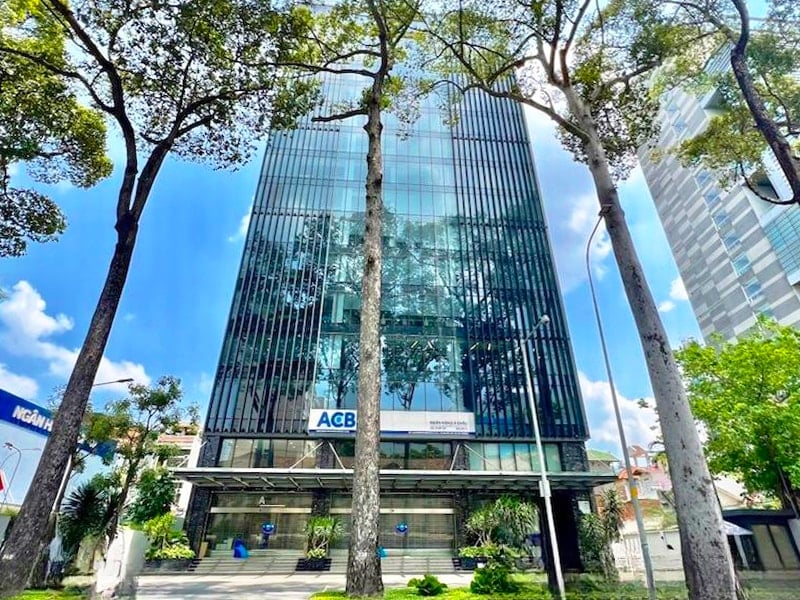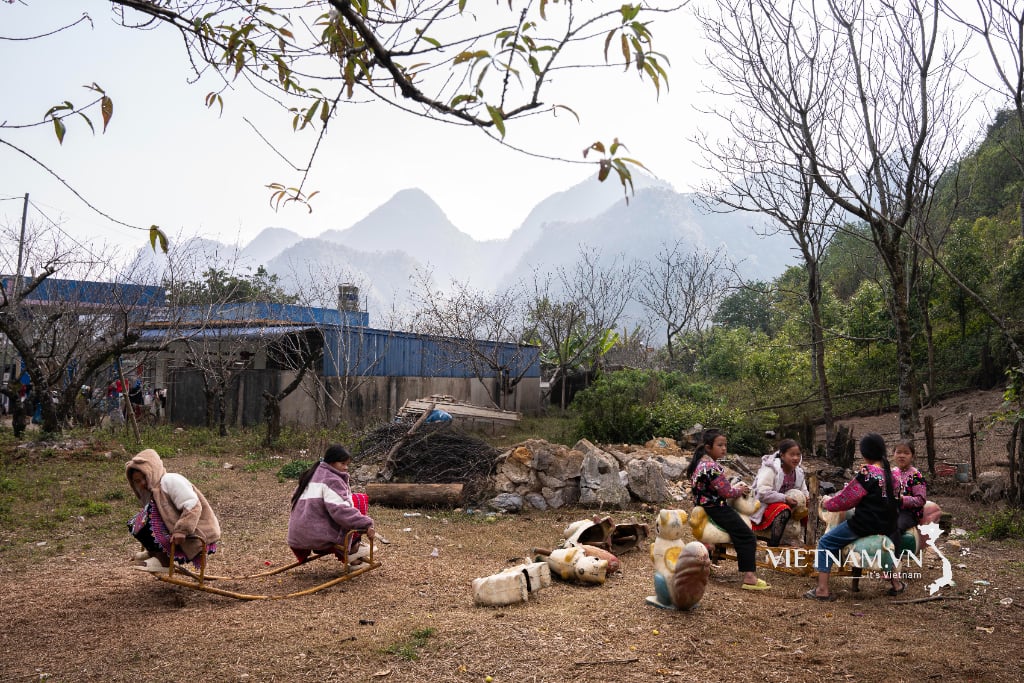Asia Commercial Joint Stock Bank ( ACB ) has just announced its financial report for the second quarter of 2025 with pre-tax profit reaching VND 6,093 billion, up nearly 9% over the same period last year. Income from non-credit activities has become the "salvation" for ACB's profits.
Non-interest income is a bright spot amid rising capital costs
The highlight of ACB's second quarter business results was the strong growth in non-interest income, while net interest income, which is the mainstay of profit, decreased by 6% year-on-year to VND6,683 billion. The main reason was the pressure of increasing capital costs and the narrowing of net interest margin (NIM) due to increasingly fierce competition in deposit interest rates.
In that context, income from non-credit activities became the “salvation” for ACB’s profits: Specifically, income from other activities increased by nearly 180%, reaching VND812 billion, 2.8 times higher than the same period. Foreign exchange trading earned VND670 billion, up 57%.
In addition, profit from trading investment securities reached VND446 billion, while in the same period last year, there was a loss of VND14 billion. Trading business securities earned VND36 billion, a strong reversal from the loss of VND41 billion last year. Profit from capital contribution and share purchase reached VND58 billion, nearly 11 times higher than the same period.

The recovery of the stock market and stable exchange rates have brought many opportunities for ACB in investment and financial business activities, and at the same time demonstrated the proactive adjustment of the portfolio and seizing of opportunities by the bank's leadership.
On the other hand, service income, which is a stable source of revenue from retail and payment, decreased by 34% to VND584 billion. Competitive pressure from digital banks, fintech, and the trend of free services have caused profit margins in this segment to shrink. In addition, although outstanding credit increased by 9.1% compared to the beginning of the year (reaching VND634,000 billion), capital mobilization increased by 10.6%, showing that capital cost pressure is clearly present.
Notably, valuable papers (bonds, deposit certificates, etc.) skyrocketed by 37%, showing that ACB is stepping up medium- and long-term mobilization to restructure capital sources, but this also means higher interest expenses.
Asset quality improves, but coverage needs to increase
As of the end of the second quarter of 2025, ACB's bad debt ratio was 1.27%, down from 1.49% at the end of 2024. Potentially bad debt also decreased by nearly 13%, to VND5,894 billion. However, the bad debt coverage ratio reached 76.3%, only at the average level in the system. In the context of real estate and small and medium enterprises still having potential risks, increasing provisioning should be considered a priority in the second half of the year.
It is forecasted that in the second half of 2025, ACB will face many challenges: Competition in deposit interest rates continues, leading to increased capital costs. Global uncertainty: Impacts from the FED's monetary policy, trade tensions, fluctuating commodity prices, affecting exchange rates and import-export activities. In addition, there is the issue of asset risks: Fluctuations in the stock market, real estate and financial investments can put pressure on the balance sheet.
However, with its retail strengths, comprehensive digital technology platform, tight risk management system and flexible investment portfolio, ACB is still assessed to have the potential to maintain positive profit growth, if it continues to effectively promote non-interest income and maintain asset quality.
ACB accelerates bond issuance in the first half of 2025
In the context of the mobilization interest rate level tending to increase again and liquidity pressure increasing throughout the system, ACB has promoted the bond issuance channel to restructure capital sources, reduce dependence on short-term deposits and increase the proportion of medium and long-term capital.
According to the 2025 semi-annual financial report, the total value of bonds and valuable papers issued and in circulation by ACB by the end of June reached about VND139,000 billion, a sharp increase of 37% compared to the beginning of the year, the highest increase among the bank's capital mobilization channels.
This reflects ACB's clear strategy in shifting its capital structure from the traditional short-term mobilization model to longer-term mobilization tools with higher stability, thereby reducing term risks in credit activities - especially in the context of credit growth still higher than deposit mobilization speed.
ACB’s bond issuances in the first half of 2025 mainly focused on individual bonds, with terms from 2 to 5 years, floating interest rates, unsecured and non-convertible. The bonds were distributed mainly to financial institutions, investment funds and professional investors – groups with higher risk appetite and demand for holding fixed income assets in the medium term. Some issuances also recorded the participation of foreign investors through domestic brokerage channels.
The rapid growth rate of valuable papers compared to the growth of mobilization from the population (5.6%) shows that ACB is proactively solving the problem of balancing maturity and capital costs. However, this is accompanied by pressure on bond interest rates, because the issuance cost is currently 1.5-2 percentage points higher than the normal mobilization interest rate, depending on the maturity and time.
Increasing bond issuance not only aims to supplement medium- and long-term capital but also creates "safe space" for banks to selectively expand credit, especially in priority segments such as retail, small and medium enterprises (SMEs), and green credit.
However, close monitoring of market interest rate fluctuations, along with managing interest rate and liquidity risks associated with issuances, remains an urgent requirement. In the context of an uncertain global and domestic interest rate environment, the bonds maturing in 2026–2027 will pose great repayment pressure if ACB fails to maintain its profit growth rate and effective control of capital costs.
With the scale of bonds issued increasing sharply in the first half of 2025, ACB is gradually forming an independent long-term capital mobilization channel, both increasing financial flexibility and creating a solid foundation for a safe credit growth strategy in the medium and long term./.
Source: https://baolamdong.vn/acb-loi-nhuan-di-len-nho-cua-phu-384128.html























![[Photo] National Assembly Chairman attends the seminar "Building and operating an international financial center and recommendations for Vietnam"](https://vphoto.vietnam.vn/thumb/1200x675/vietnam/resource/IMAGE/2025/7/28/76393436936e457db31ec84433289f72)













































































Comment (0)